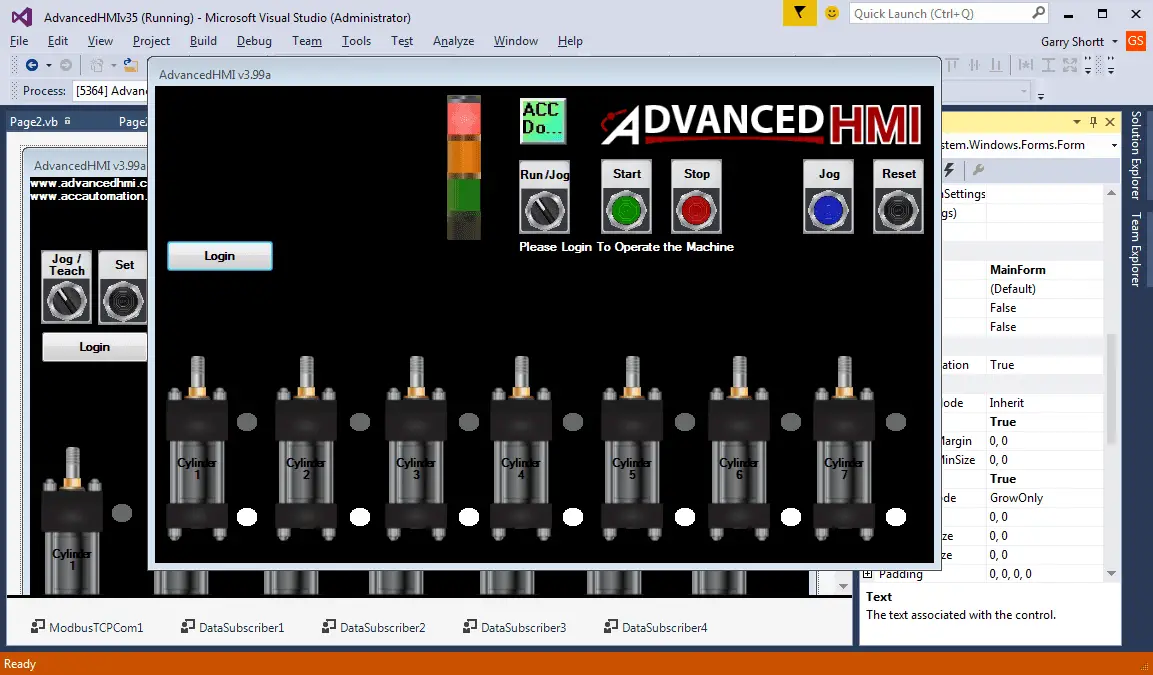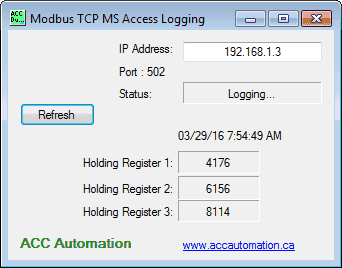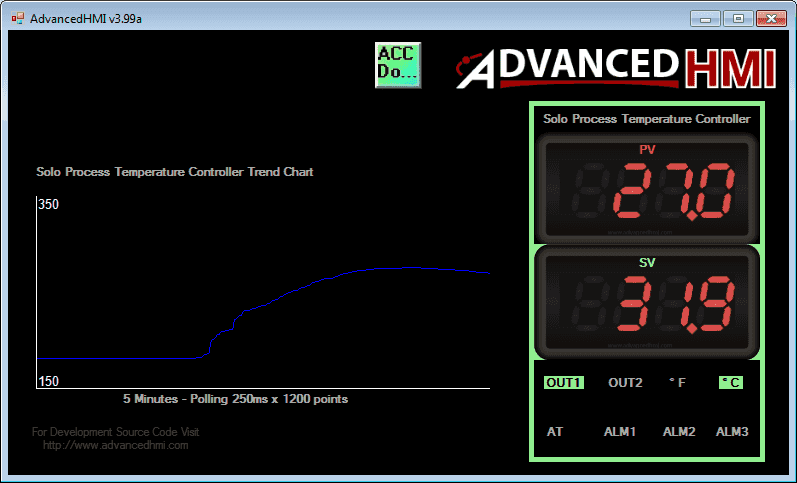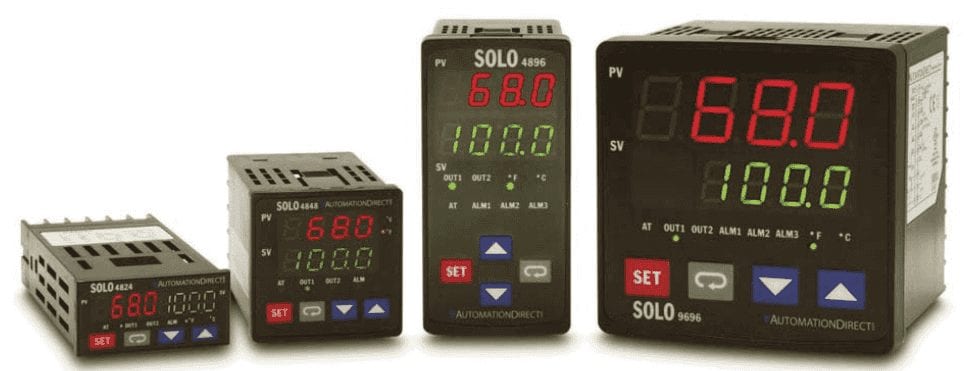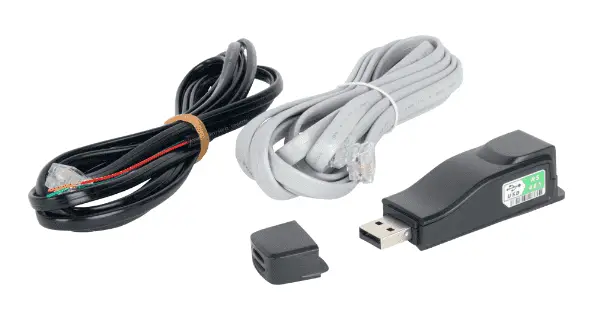What Everybody Ought to Know About IP Addressing
We will be looking at and explaining IP Addressing, MAC Addressing (Physical Address), Subnets, and Subnet Masks. Communication using Ethernet usually revolves around the Open Systems Interconnection model (OSI model). This model was made for computing systems to communicate without regard for the underlying internal structure and technology. IP Addressing Analogy Think of it like … Read more


